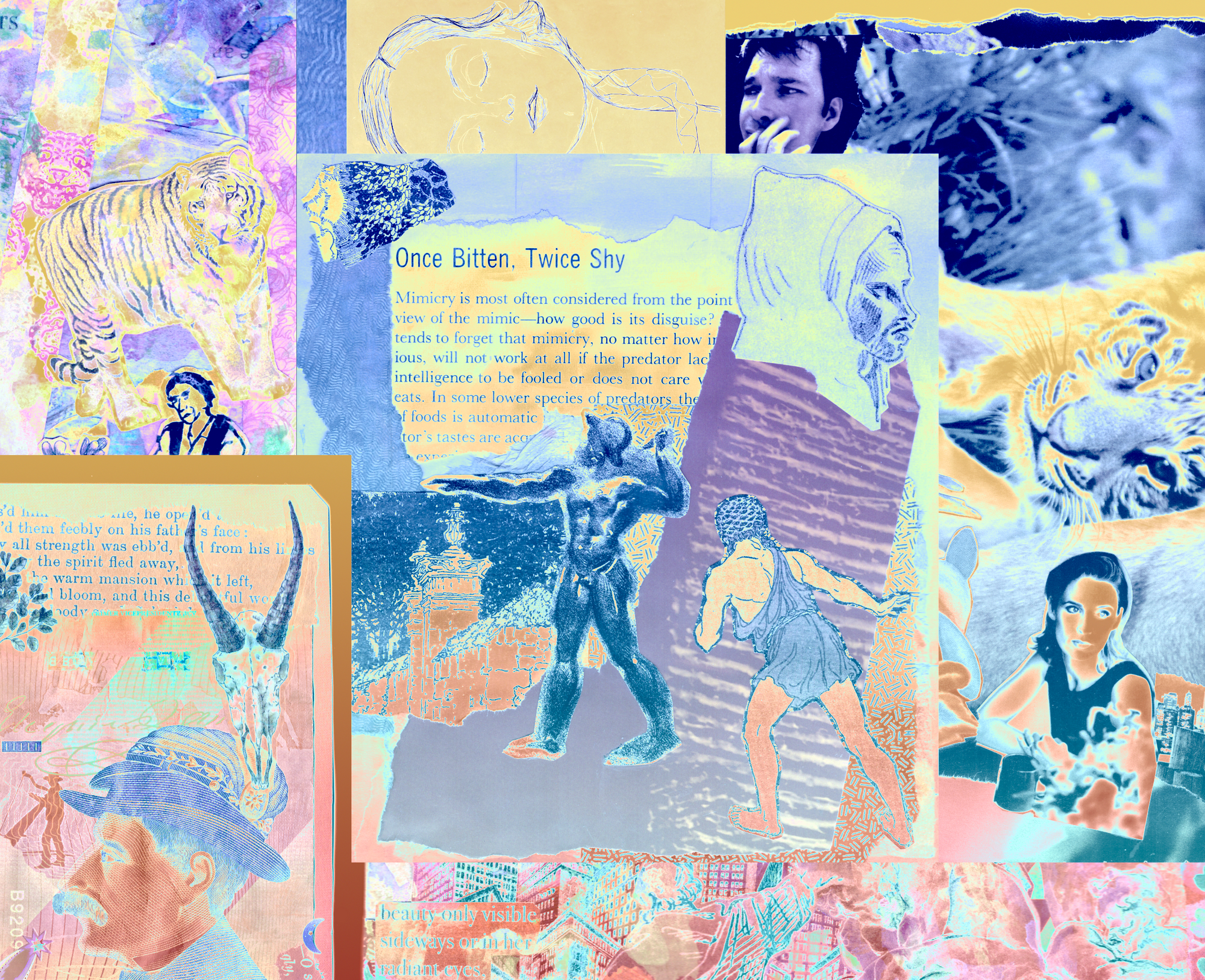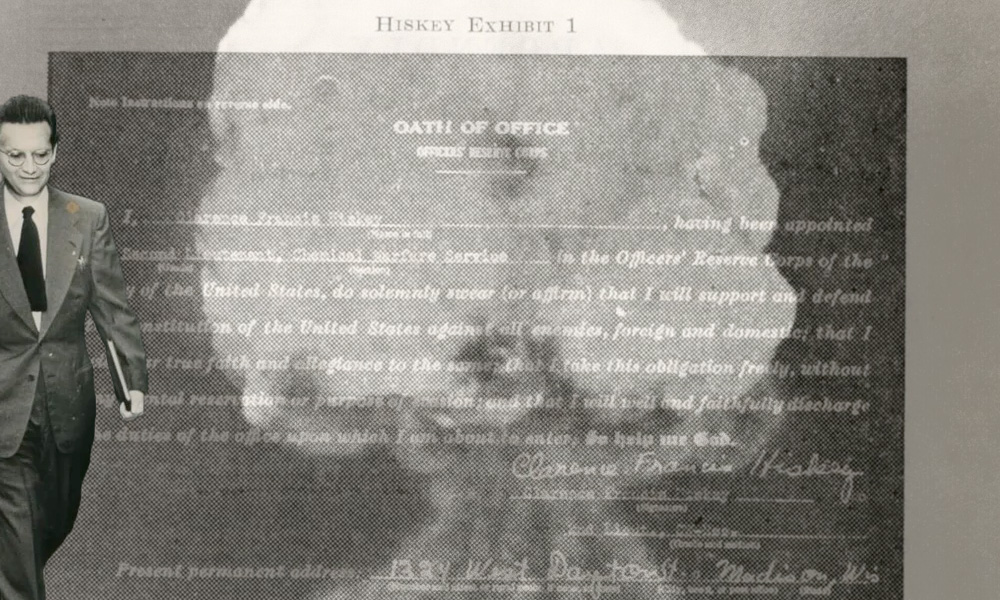
The Strange Revival of Mabel Dodge Luhan
“Now don’t you keep going on to me about introverts and extraverts and insides and outsides,” D. H. Lawrence wrote to Mabel Dodge Luhan in 1924. Instead, he continued, she should wash the dishes until she could keep up a rhythm “with a grace.” At the time, Luhan was reading up on mysticism and Jungian psychoanalysis, and she had written to Lawrence about her discoveries. He was not the right audience. Lawrence regarded Luhan alternately as a source of irritation; as an embodiment of his bête noire, the dominating woman; and as a model for some of the most cruelly portrayed heroines he would ever write. He had vowed to destroy her, and she would come to believe, at times, that he had succeeded.
A former Greenwich Village radical, Luhan considered herself divinely appointed to “save the Indians” in order to restore the spiritual and sexual life of a white American society in decay. This vocation led her to New Mexico, where she ditched husband No. 3 for Tony Lujan, a man from the Taos pueblo. In Taos, she launched an artist colony, wrote volume after volume of a tell-all memoir, and hosted a parade of famous guests, Lawrence included. Their relationship is a central subject of two new books: Frances Wilson’s “Burning Man: The Trials of D. H. Lawrence,” a biography of the author, and Rachel Cusk’s “Second Place,” a rewriting of Luhan’s memoir “Lorenzo in Taos.”
It is a strange moment for a Mabel Dodge Luhan revival. Long the butt of historians’ jokes, she resists an easy feminist reading, and even the flowering of women’s histories in the seventies and eighties produced no unbridled celebrations. But she doesn’t make for a natural villain, either. Although, by today’s standards, her racial beliefs sit somewhere on the spectrum between troubling and deranged, they led her to support a multiracial array of artists and fight doggedly, and effectively, for indigenous land rights. Even her memoirs, which are peppered with occult vernacular and accounts of unhinged behavior, are essentially harmless—a modernist sex-and-gossip log, at high pitch. All the same, plucking her out of oblivion is a fraught endeavor: to mine the archive for characters to rediscover is to engage in a kind of revisionism, casting elements of the past as contemporary fables. Sometimes, that process is a cautionary tale all its own.

























